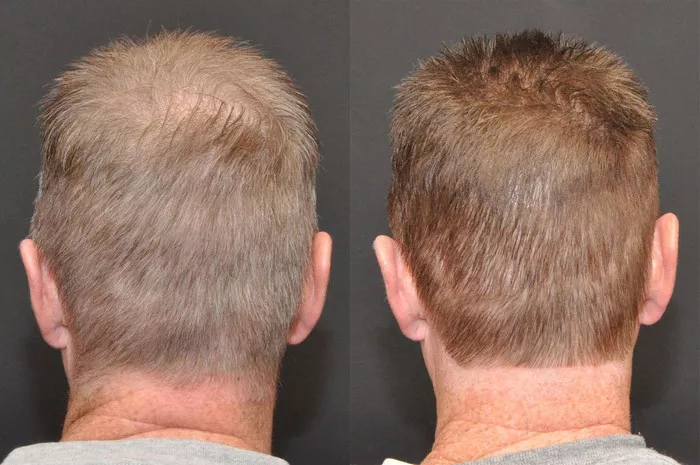Hair transplant surgery is a significant step towards regaining a fuller head of hair and boosting your confidence. However, one of the most common questions that patients have is, “How many days does it take for hair to grow after a hair transplant?” In this informative article, we will explore the intricate process of post-transplant hair growth and provide you with a realistic timeline to set your expectations.
1. The Immediate Post-Transplant Phase
After your hair transplant procedure, it’s essential to understand that you won’t see immediate results in terms of hair growth. In fact, the days immediately following the surgery will involve a period of healing and recovery.
During this initial phase, which typically lasts for the first few days, you may experience some redness, swelling, and tiny scabs at the transplant sites. This is entirely normal and part of the body’s natural response to the surgical process. Your transplanted hair follicles are in a resting phase, and there will be little to no visible hair growth during this time.
2. The Waiting Game: Weeks 2 to 4
As the first week passes, you’ll likely start to notice that the transplanted area looks more or less the same as it did immediately after the procedure. However, don’t be discouraged; this is a crucial phase in the hair transplant journey.
Around the end of the second week, some of the transplanted hairs may begin to shed. This can be disconcerting, but it’s part of the natural process. The hair shafts that are shedding will eventually make way for new, stronger hair growth.
By the end of the fourth week, you may still not see significant visible growth, but beneath the surface, changes are happening. The transplanted hair follicles are starting to establish themselves in their new locations, and the growth process is well underway.
3. Patience Pays Off: Months 2 to 3
It’s around the two-month mark that many patients begin to notice small, fine hairs sprouting from the transplanted areas. These hairs are often referred to as “vellus hairs” and can be quite fine and colorless. While they may not provide the fullness you desire, they are a promising sign that the transplant is progressing as expected.
By the end of the third month, you should observe more vellus hairs, and some of them may have developed pigment, making them more visible. This is an exciting stage in the process, as it indicates that the transplanted follicles are transitioning into active growth.
4. The Blossom of New Growth: Months 4 to 6
Months four to six are often considered the “takeoff” phase for hair transplant growth. During this period, you can expect to see substantial progress in terms of hair thickness and coverage.
Around the fourth month, the vellus hairs will continue to thicken and become more noticeable. Many patients start feeling a renewed sense of confidence as they witness their new hairline taking shape.
By the end of the sixth month, you’ll likely have a considerable amount of hair growth in the transplanted areas. This growth will continue to improve in density and thickness in the coming months.
5. The Final Countdown: Beyond 6 Months
Beyond the six-month mark, your hair transplant results will continue to improve. The transplanted hair will mature and thicken, and the final results can typically be assessed at around 12 to 18 months post-surgery.
It’s important to note that the timeline for hair growth can vary from person to person. Factors like genetics, overall health, and the surgical technique used can influence the rate of growth. However, by the end of the first year, most patients enjoy a fuller head of hair and a significant boost in confidence.
See Also: Can I Drink Tea After Hair Transplant: All You Need To Know
In conclusion
Patience is key when it comes to the timeline for hair growth after a transplant. While you won’t see immediate results, the gradual progression of growth over the course of several months will ultimately lead to the desired outcome. Remember to follow your surgeon’s post-operative instructions carefully to optimize the healing and growth process. Your journey to a rejuvenated appearance and enhanced self-esteem is well underway.


